As an artist, you will probably come across both watercolour and gouache while shopping for supplies. While both are water-based paints, there are significant differences between the two that you should understand before purchasing.
Understanding these differences can help you make an informed decision on which medium to use for your next project. In this blog post, I will delve into the differences of watercolour vs. gouache.
Watercolour
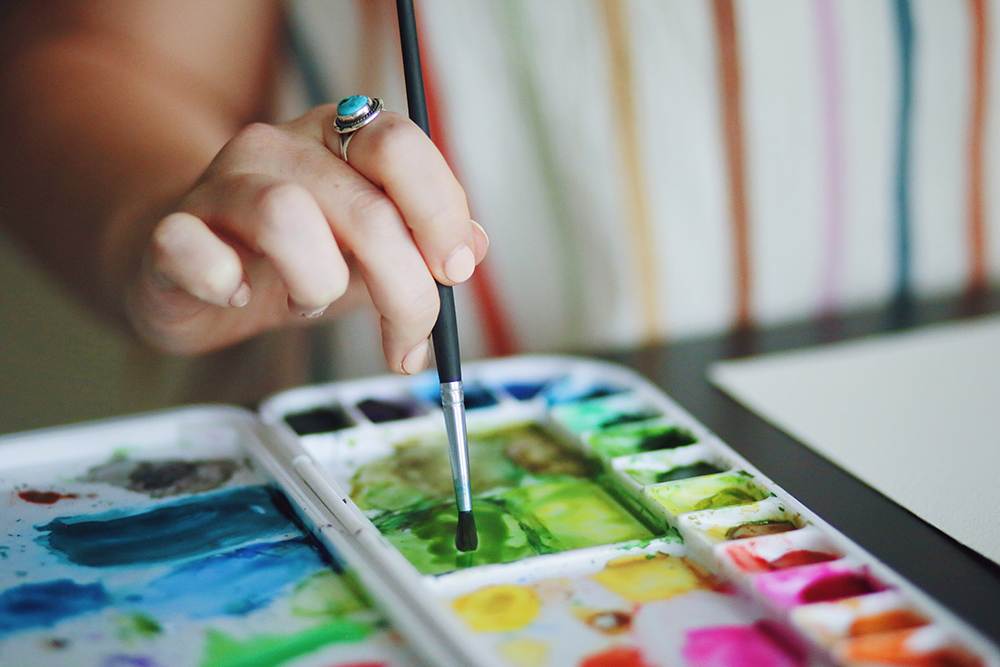
Watercolour is a popular medium that is loved for its transparency, luminosity, and versatility. It is made of pigments suspended in a binder, usually gum arabic, which is mixed with water to create a thin, transparent layer of paint.
The beauty of watercolour lies in its ability to create layers of colour that can be built up to create depth and texture.
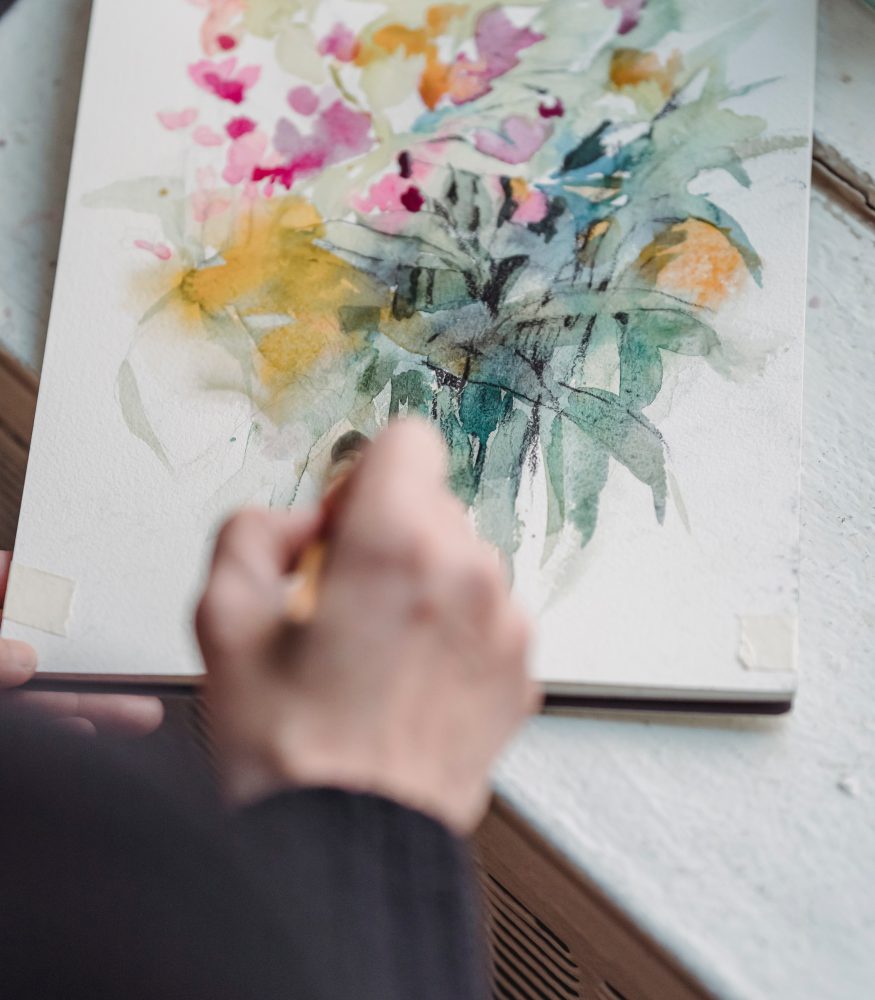
One of the defining features of watercolour is its transparency. Because the paint is thin, the white of the paper shows through, giving the painting a luminous quality. Watercolour makes layering (aka glazing) easy. For more information about glazing, check out my post What is Watercolour Glazing?
However, this also means that it can be difficult to correct mistakes once the paint has dried. Watercolour is best suited for creating light, airy, and transparent effects, such as landscapes, seascapes, and florals.
Gouache
Gouache, on the other hand, is a more opaque medium that is often referred to as “opaque watercolour.” It is made of the same pigments as watercolour, but it also contains a higher concentration of binder, such as gum arabic, which gives it a thicker consistency.
This makes it more opaque than watercolour and allows for more vibrant colours and greater coverage, almost like acrylic paints.
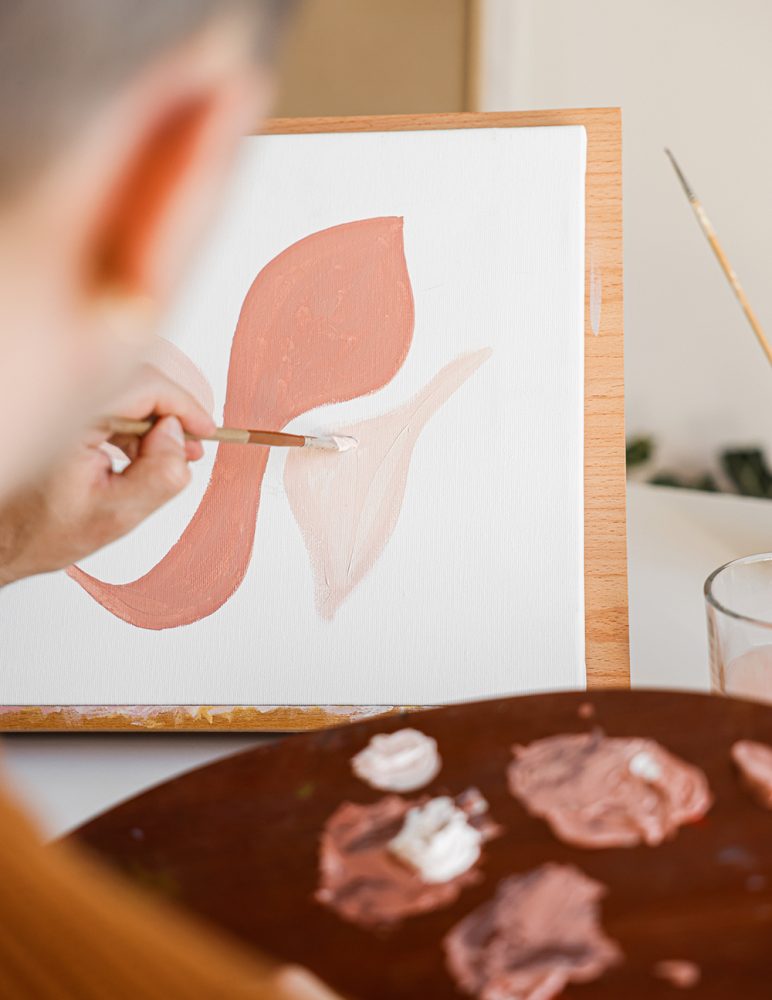
Gouache is often used for illustration, poster art, and graphic design because of its ability to create solid blocks of colour.
Unlike watercolour, it can be easily corrected because it is more opaque, allowing for layers of paint to be added without the fear of disturbing previous layers. Gouache is also well-suited for creating detailed and precise artwork.
Examples of gouache paintings
To get a better idea of the gouache medium, here are a few examples of gouache paintings.
This first floral gouache painting Reel shows the process of layering to create depth and shadows in a lovely floral composition.
Florals are always a popular choice when it comes to both watercolour and gouache paintings. This next example shows the possibilities of dark and light opaque values. You wouldn’t be able to achieve such rich, dark and opaque tones when using watercolour because of its translucent properties.
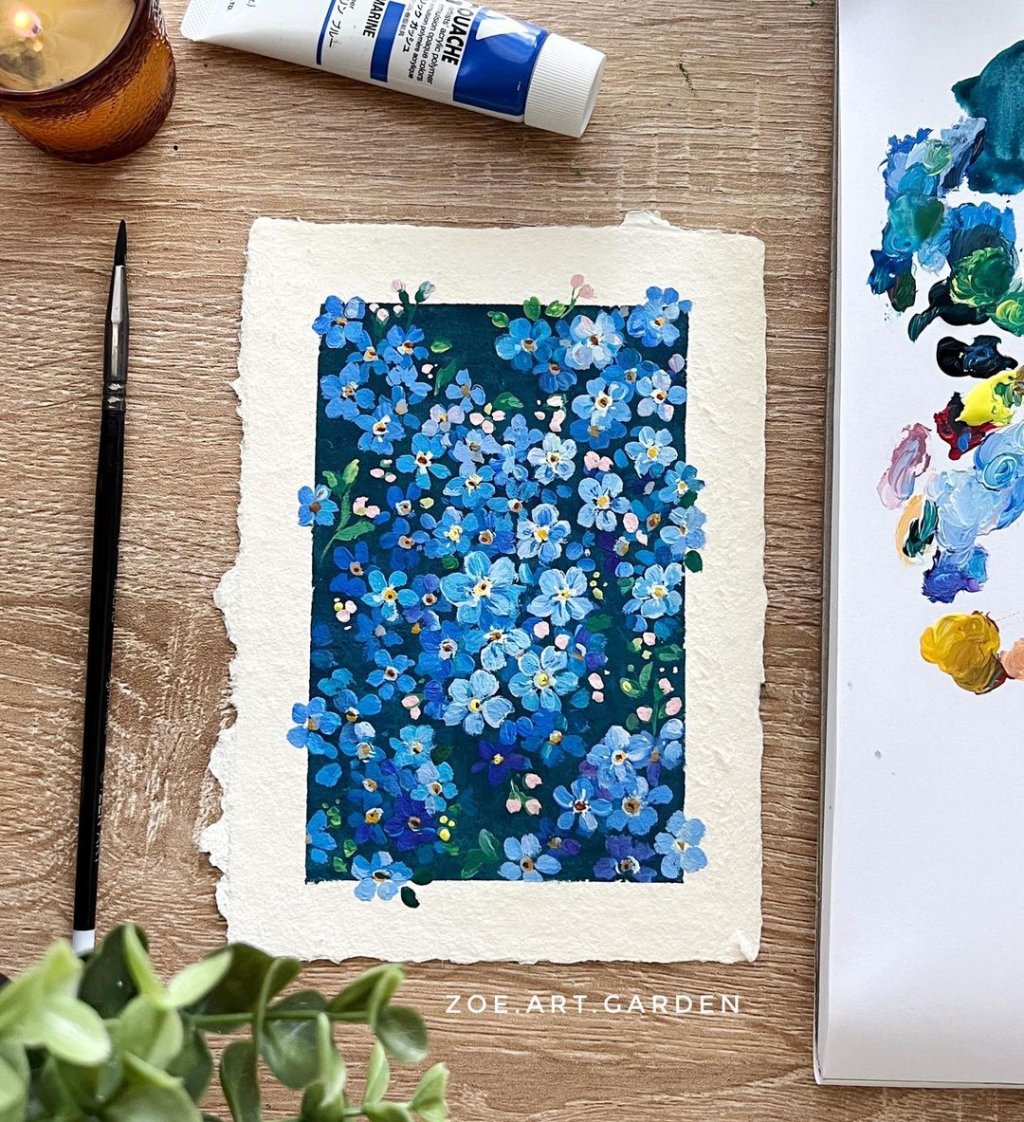
Although gouache is typically painted onto watercolour paper, the results can still resemble that of an acrylic or oil painting. The detail in this example below shows what’s possible with fine brushes!
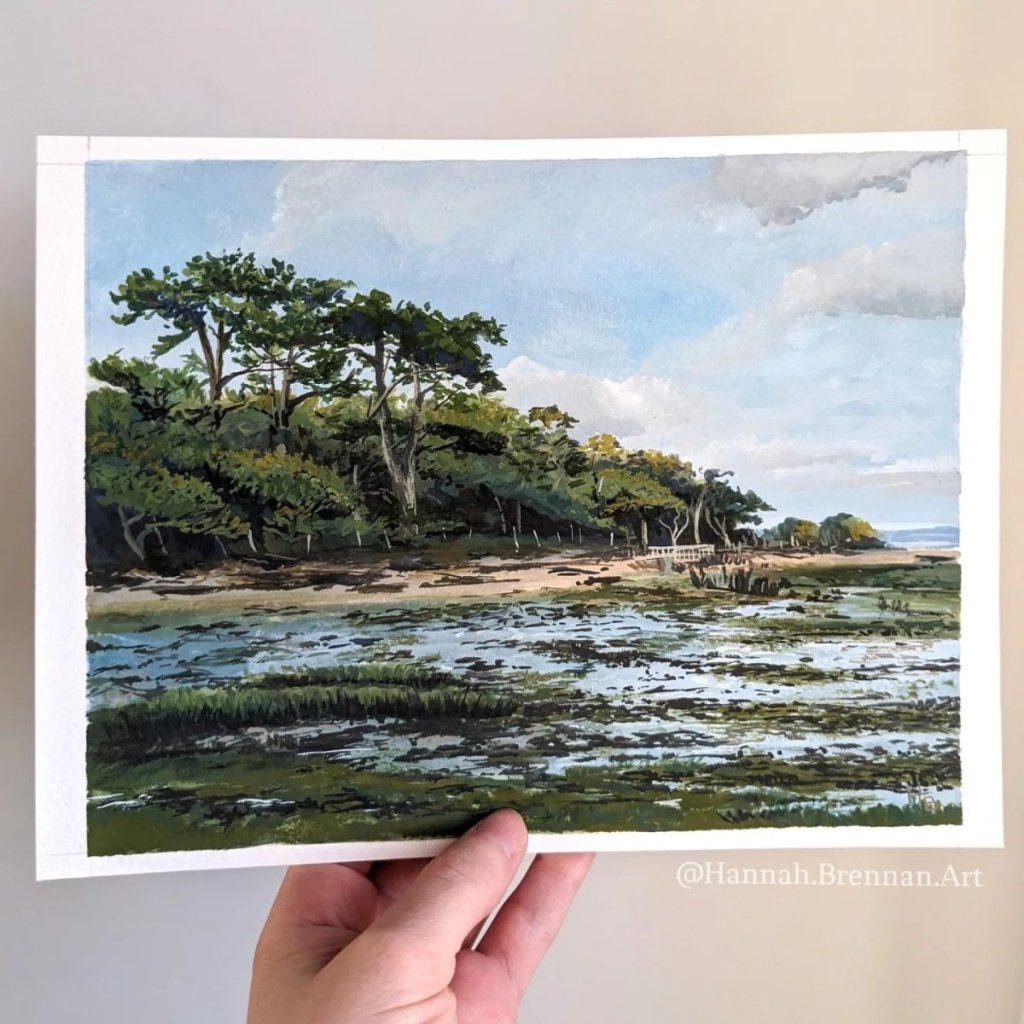
In this final example, you can clearly see the vibrancy that can be achieved with gouache paint. These colours might be difficult to achieve using watercolour paints, but the boldness really pops with gouache!
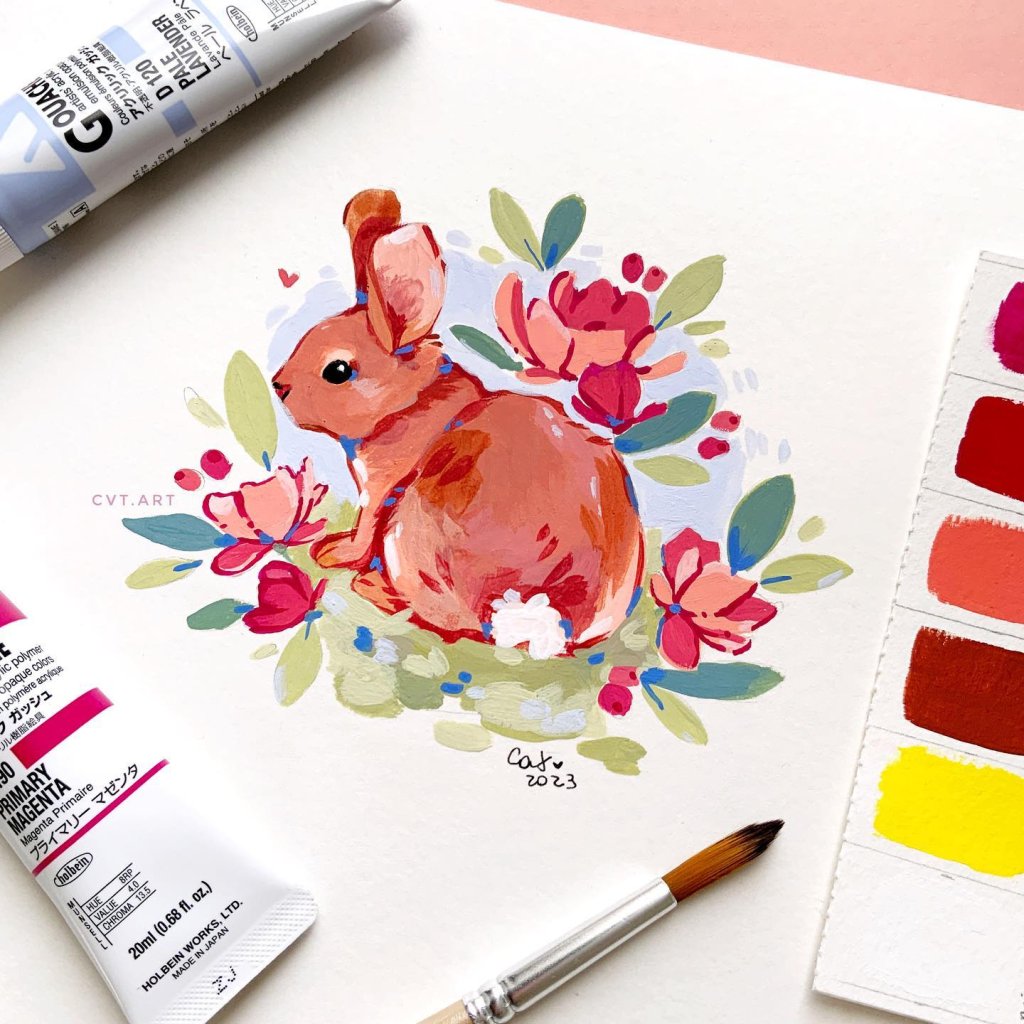
Which to Choose?
Choosing between watercolour and gouache depends on the effect you want to achieve in your artwork. Watercolour is best suited for creating transparent and light effects, while gouache is more suited for creating opaque, solid, and vibrant colours. However, the choice also depends on personal preference and the style of artwork you want to create.
In some cases, you can even use both watercolour and gouache together in the same painting to achieve a range of effects. Watercolour can be used as an underpainting to create a luminous base layer, while gouache can be used on top to create more vibrant colours and opaque details. Personally, I like to use a white gouache to finish off any highlight or white details in my watercolour paintings.
Watercolour vs. Gouache
Gouache and watercolour are both water-based paints that offer unique properties and characteristics. Watercolour is loved for its transparency, while gouache is appreciated for its vibrancy and opacity.
Understanding the differences between the two can help you make an informed decision on which medium to use for your next project. Whether you choose watercolour or gouache, both mediums offer endless possibilities for creating beautiful and expressive artwork.
Pin This:
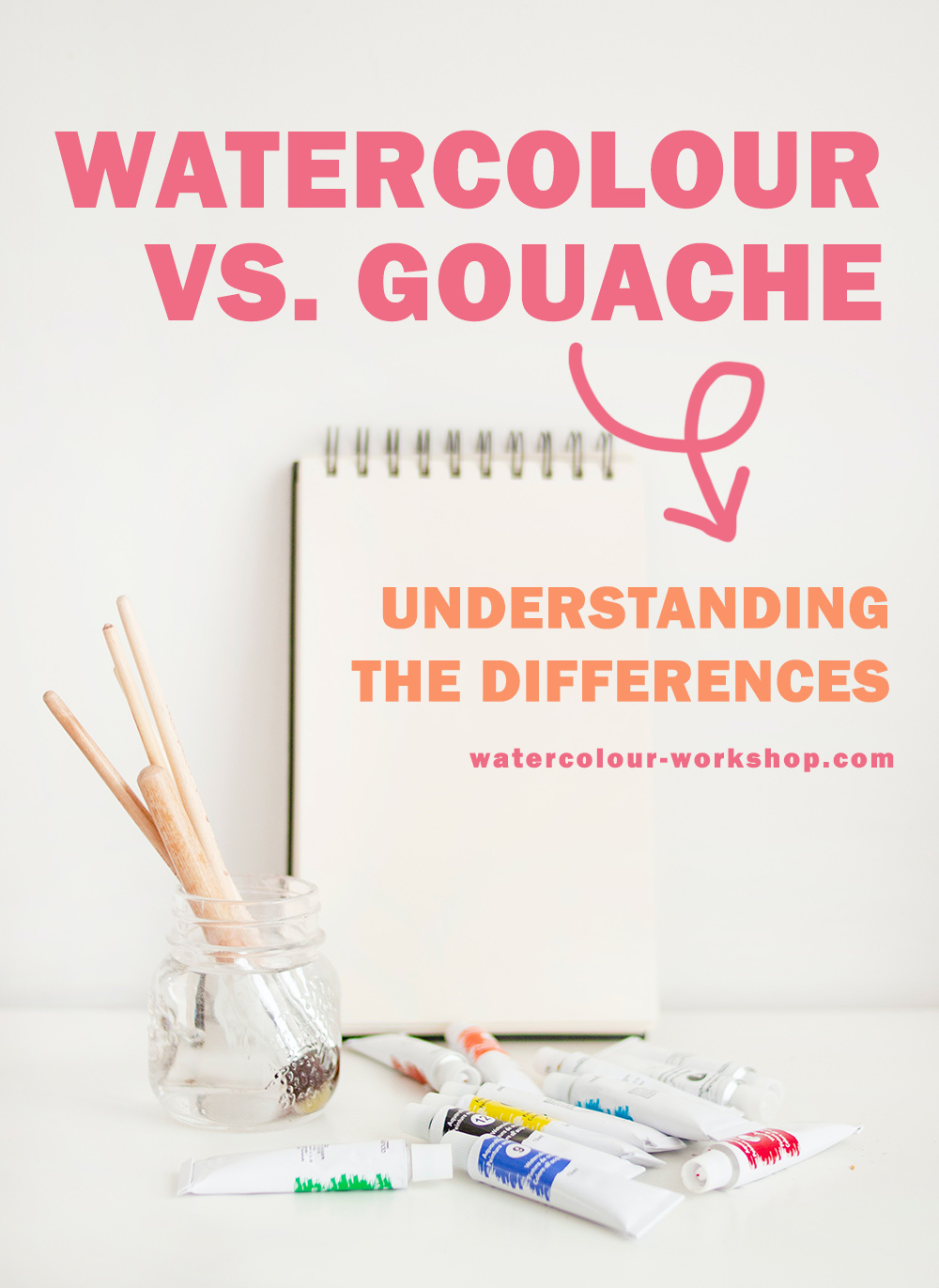
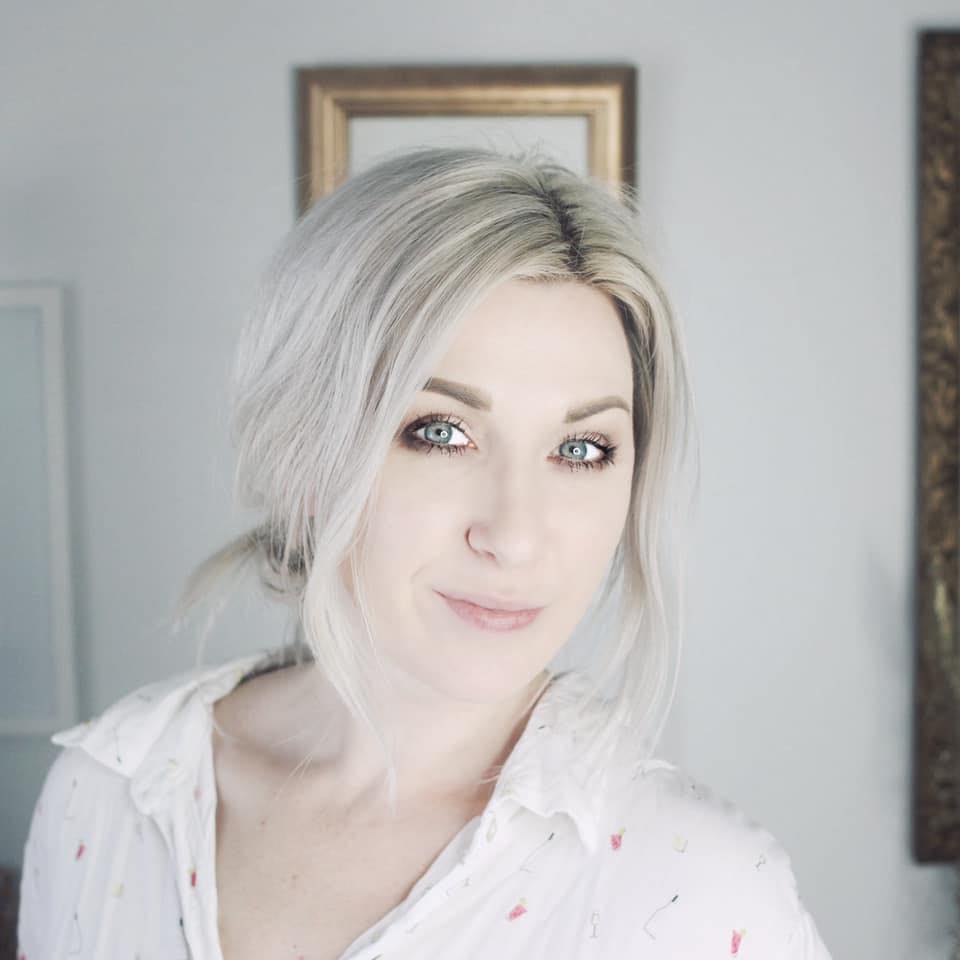
Besides being a wife and mama, I’m an entrepreneur, artist and author of the Watercolor With Me book series. I’m from Ontario, Canada and founder of the brand Wonder Forest. I’m here to help you on your watercolour journey!

Thanks Dana🤗
Dear Dana. Excelent information, I did not know the difference.